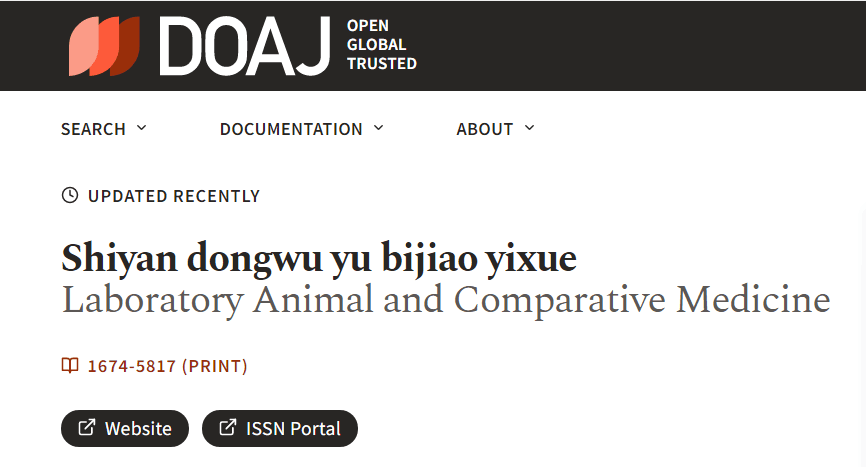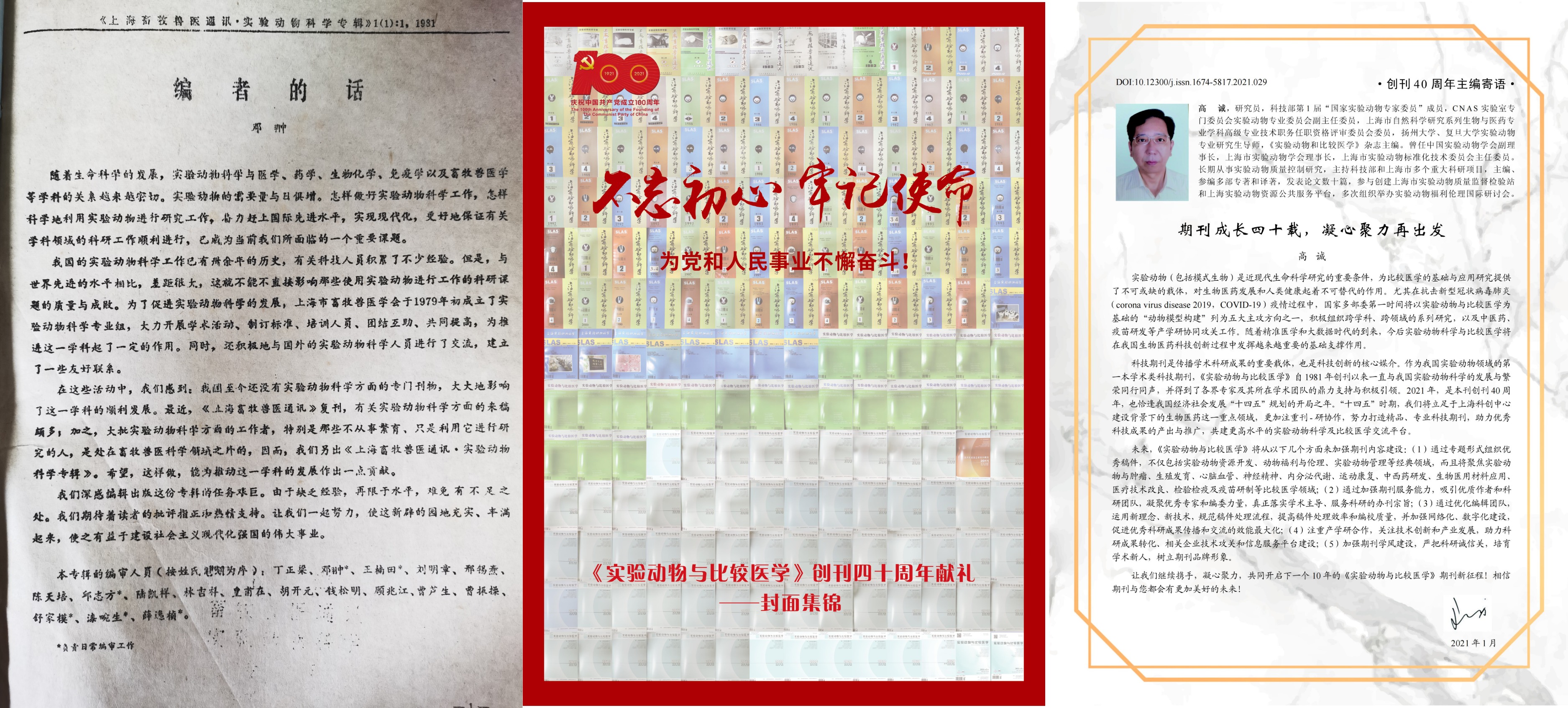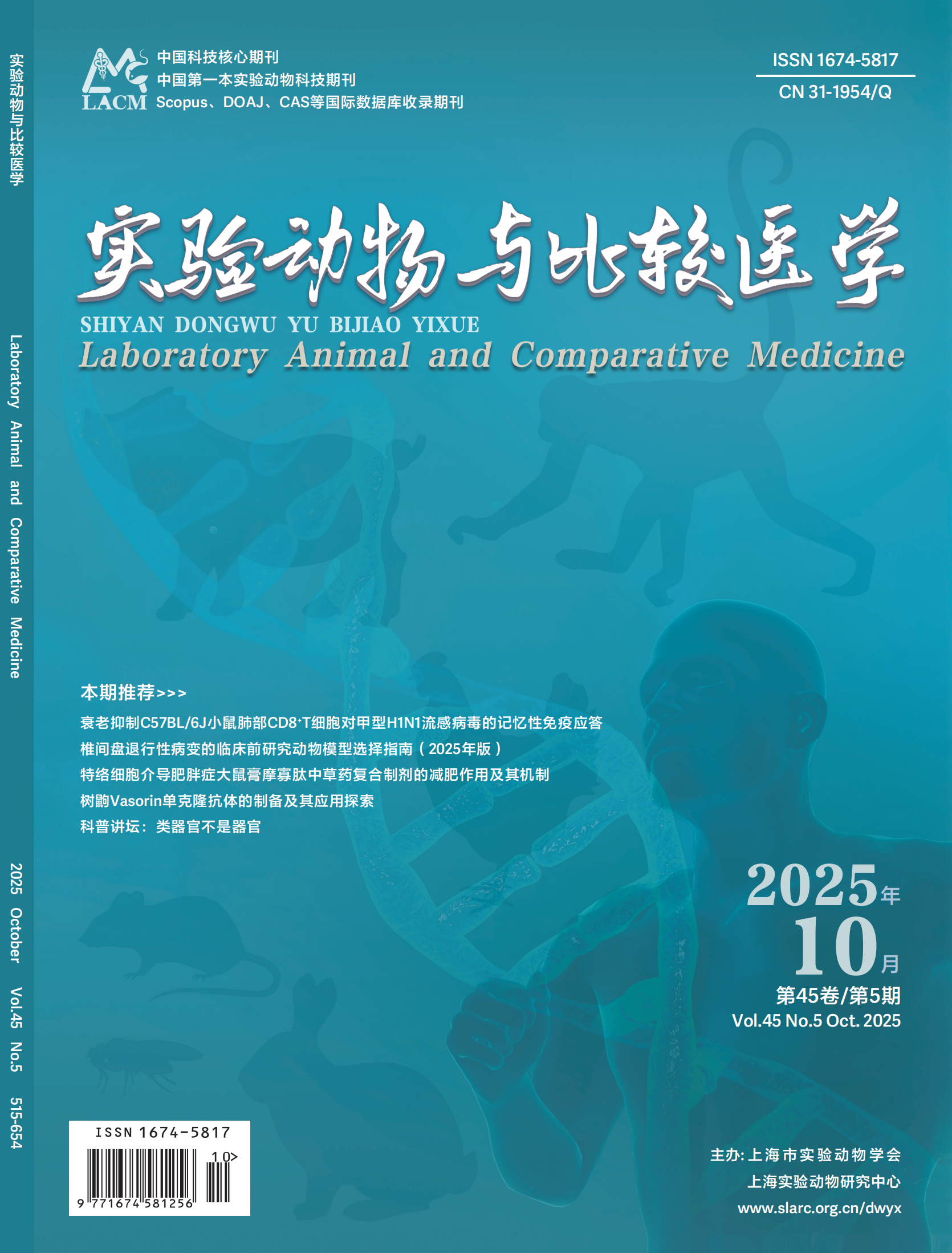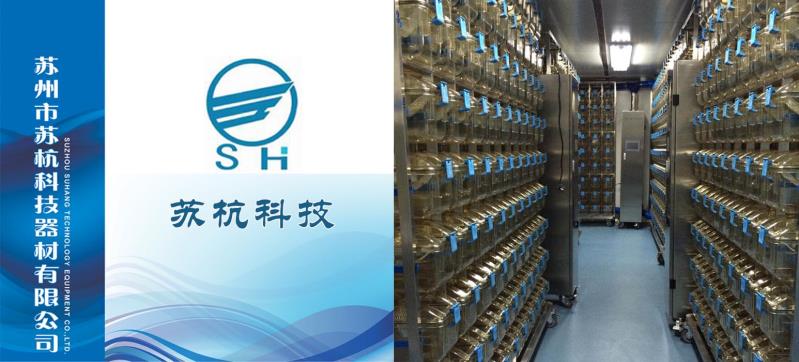News
- LACM Successfully Indexed by Scopus Database
- Announcement for the 2024 Special Topic Draft of Labora...
- Honorary List of Outstanding Youth Editorial Committees...
- The journal is included in the WHO Western Pacific Regi...
- List of Thanks for the 2023 Reviewers
- List of Thanks from Supporting Units in 2023
- The Journal Indexed in EBSCO
















